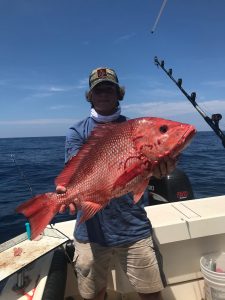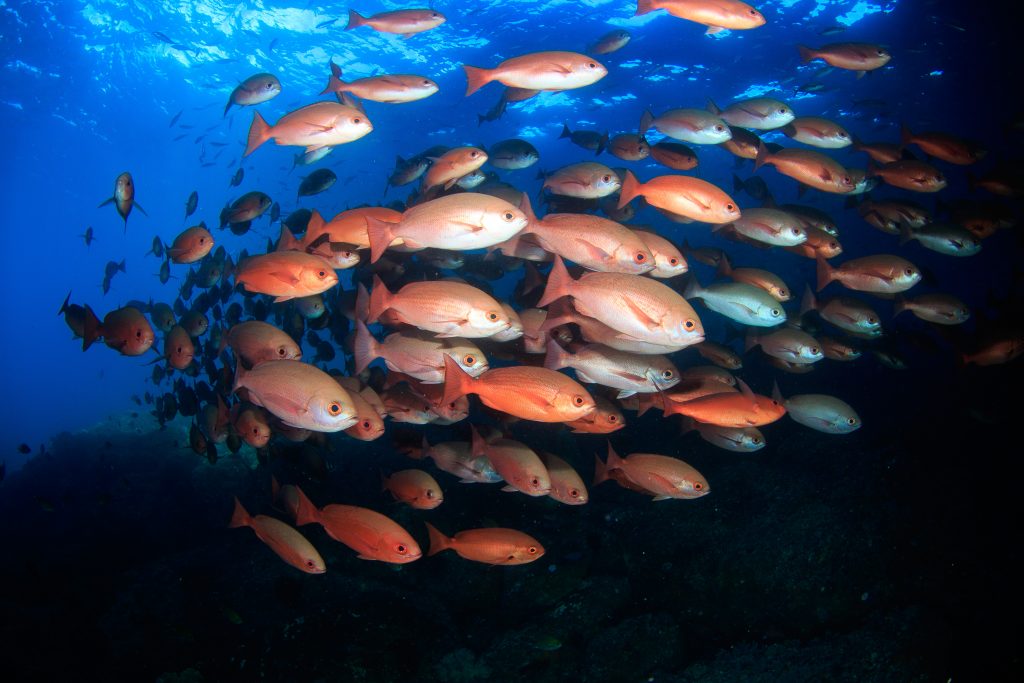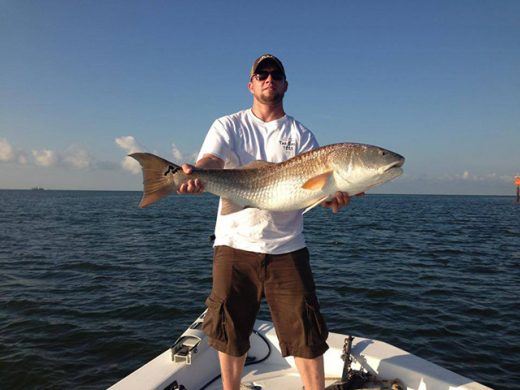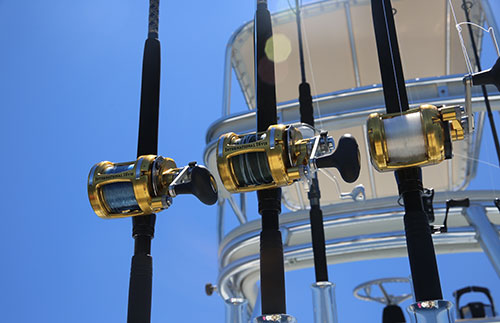Red Snapper Fishing….Finding the Hotspots
With Red Snapper season here, many anglers will be heading out to take advantage of the season’s opening. If you’re new to Snapper fishing, there are a few things you need to know. First, head to your local tackle shop and ask the tackle professionals what you’ll need to be rigged and ready. Fishing the ocean bottom requires a completely different set up than fishing inshore. Without the right equipment, you’ll only have a frustrating day of fishing with lost rigs and no fish.
 Next, you’ll need a strategy for finding the Red Snapper. For that, we went to Captain Chip Berry, founder and President of Maps Unique. Chip is one of the Carolina’s more knowledgeable and respected experts on all aspects of the ocean bottom off the Carolina coast. Chip told us that the biggest mistake the new or novice bottom fishermen make is running out the inlet and simply start fishing. Fish are like humans and other living beings. They feed in very defined areas where food is available in good quantities and where the fish can be protected from other fish that may be feeding on them. The sandy, lifeless bottom that makes up most of the ocean’s bottom off the Carolinas is not that place. Instead, Red Snapper anglers need to find a live bottom. A place that has drop-offs, terraces, and a hard limestone bottom that allows soft and hard corral to attach itself. This is an area that provides the protection and the food source that the Snapper is looking for. Chip recommends places like the 90-foot terrace that runs off the Carolina coast. It runs perpendicular to the coast at various distances offshore that ranges from 20 to 30 miles off the coast. The depths can range, however, from 85 to 100 feet to 600 feet depending on how far offshore you travel.
Next, you’ll need a strategy for finding the Red Snapper. For that, we went to Captain Chip Berry, founder and President of Maps Unique. Chip is one of the Carolina’s more knowledgeable and respected experts on all aspects of the ocean bottom off the Carolina coast. Chip told us that the biggest mistake the new or novice bottom fishermen make is running out the inlet and simply start fishing. Fish are like humans and other living beings. They feed in very defined areas where food is available in good quantities and where the fish can be protected from other fish that may be feeding on them. The sandy, lifeless bottom that makes up most of the ocean’s bottom off the Carolinas is not that place. Instead, Red Snapper anglers need to find a live bottom. A place that has drop-offs, terraces, and a hard limestone bottom that allows soft and hard corral to attach itself. This is an area that provides the protection and the food source that the Snapper is looking for. Chip recommends places like the 90-foot terrace that runs off the Carolina coast. It runs perpendicular to the coast at various distances offshore that ranges from 20 to 30 miles off the coast. The depths can range, however, from 85 to 100 feet to 600 feet depending on how far offshore you travel.
Finding these areas is easy when you use maps that mark the countless bottom locations which provide that feeding habitat. Chip’s “Maps Unique” maps are considered to be the best and most used by veteran charter captains and veteran anglers. Best of all, it’s easy to use thanks to the detailed user guide. In addition to maps, many experience fishermen have a vast list of “numbers” that identify the countless live bottom areas. These lists come from years of finding these special places while traveling to other fishing hot spots, or them having been shared by fellow fishermen.
These spots come in many forms. They can be big or small underwater rock piles, overhangs, and even structures that have been submerged on purpose as artificial reefs. These areas can be anything from small reefs the size of a tabletop that are only inches off the ocean’s bottom to large rock piles that go for long distances. It’s important to understand that more live bottoms and underwater structures are being discovered every day and the list of “numbers” as well.
Fishing for Red Snapper or any other species on these live bottoms can result in a wide range of bi-catches thanks to the structure attracting many different species, like Grouper, Mahi, or even King Mackerel and Wahoo. It’s the lunchroom for the underwater community and it’s open for business.
When you do go offshore fishing for Red Snapper and the other structure seeking species, make sure you take plenty of rigs. You’re likely to lose a lot. Also, make sure to bone up on your anchoring skills. Many times hitting that underwater will take skill. Be careful of the currents when anchoring and never anchor off the stern. Another thing, make sure you check all the regulations on hook requirements, limits, and other regulations before you go.








